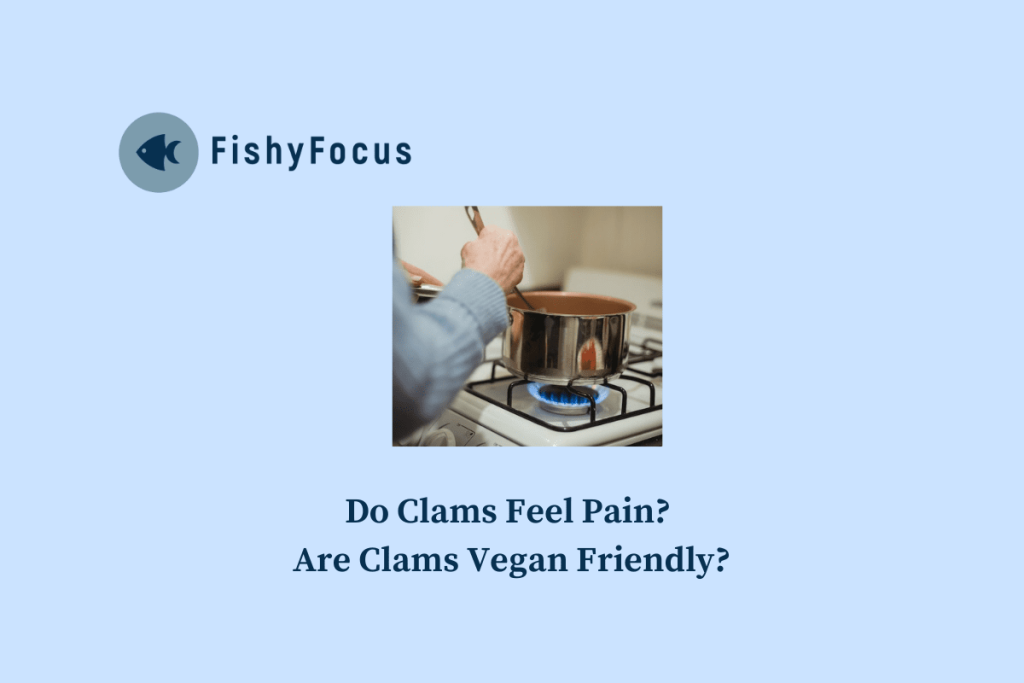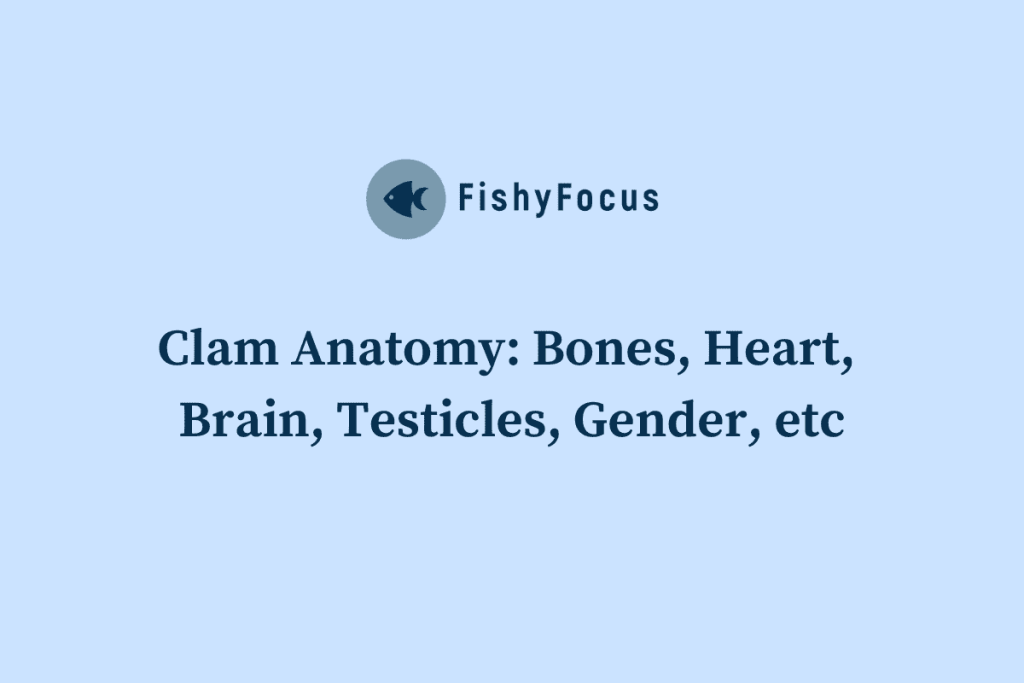Pearls are one of the most ancient and sought-after natural substances for personal adornment and other types of decoration. They’re gorgeous and lovely, coming in a range of colors and shapes. The clam’s surrounding environment determines these and it’s quite an intricate yet simple process.
Contrary to what some may think, however, pearls are not clam eggs. In fact, they are an immune response to foreign matter and particles entering their opening, such as sand or debris. Once their system detects such an invader, their body produces a pearl sac with subsequent chemical flooding.
This chemical response hardens and dries several times over the course of many years into what we identify as a pearl. Pear farmers carefully harvest this gemstone and reuse the clam to produce even more. While the whole operation is intriguing, it does bring up ethical questions in terms of how it relates to vegans.
Table of Contents
- Is a Pearl a Baby Clam?
- Can Vegans Wear Pearls?
- Does Pearl Harvesting Hurt Clams?
- Can You Harvest Pearls without Killing the Clam?
- Is It Rare to Find Clam Pearls?
- How Pearls are Formed Inside a Clam?
- How Long Does It Take a Clam to Make a Pearl?
- What Is Inside a Clam Pearl?
- Conclusion
Is a Pearl a Baby Clam?
No, a pearl is not a baby clam. It’s a piece of sand or other alien debris that remains inside the clam’s opening and forms over the course of several years. The pearl found inside mollusks like clams, oysters and mussels is actually the product of an immune response.
Can Vegans Wear Pearls?
There’s a lot of debate and contention over whether vegans can wear pearls or not. The clam produced the peal as an immunity response to strange grains entering their bodies that the system cannot digest. During harvesting, skilled hands force open their “mouth” to procure the pearl inside.
Because it’s not a direct byproduct of an animal, some people say it’s fine to wear pearls. But, some diehard vegans refuse it because it comes from an animal. Therefore, it’s up to the vegan and how they feel about pearls, their formation, and extraction.
Does Pearl Harvesting Hurt Clams?
Pearl harvesting does not hurt the clam as long as an experienced individual performs the extraction. Pearl farmers are very careful not to hurt it, especially if they intend to produce more pearls from the same clam after the initial harvest.
However, hurting the clams will depend on its future intended use. For pearl farmers, it’s not a prudent business decision to hurt the clams, especially ones that produce beautiful specimens. However, if the clams are to be food or fertilizer, then the clams will experience hurt at some point after harvesting its pearl.
Can You Harvest Pearls without Killing the Clam?
Unless you know what you’re doing, laypeople can harvest the pearls but the clam will die. Pearl farmers open the clams, remove the pearl and then prepare the mollusk for second nucleation. They do this by putting in a bead or additional mantle tissue to trigger the immune response.
However, many clams do die during the harvesting process for the edible meat inside of it for public consumption or use as a fertilizer. But, harvesting in and of itself doesn’t necessarily have to kill the clam. For those who have concerns over ethics, make sure you can identify the pearl’s origin.
If you are clueless about how to harvest the pearl, you could just wait for the clam to spit it out. But, you may be waiting an incredibly long time. This is why people physically harvest the pearls once they’re big enough to use in things like necklaces and earrings.
Is It Rare to Find Clam Pearls?
Clam pearls are incredibly rare, even more so than ones found in oysters or mussels. Estimates place about 1 in 100,000 clams from the wild to harbor a pearl within their opening.
How Pearls are Formed Inside a Clam?
Pearls form inside clams by some kind of foreign particle entering the opening. Their body detects this matter and treats it much the way the human body treats an infection. Their immune system kicks in, which produces a pearl sac around the particle in an effort to protect itself.
This sac comprises mantle tissue cells. This is a fleshy layer resting between the body and its hard outer shell. When the particle enters the clam’s opening and the sac begins forming, calcium carbonate and conchiolin cover the pearl sac. These harden and trap the foreign particle, producing an iridescent shine and starting the process of what we call a pearl.
However, these chemicals consistently secrete with subsequent hardening several times. This process is very much akin to Paper Mache, where many layers of paper and glue go over support, dry, and then the process repeats.
How Long Does It Take a Clam to Make a Pearl?
It takes about six months for a clam to form a pearl within its opening. But, for it to be sizable, it has to sit there for about a year or so. The longer the pearl forms, the larger it becomes. Therefore, many cultured pearls can take up to four years to develop the most desirable size for things like rings, necklaces, cufflinks, bracelets, and earrings.
What Is Inside a Clam Pearl?
A clam pearl is technically a type of calcareous concretion. This comprises crystalline, concentric layers of calcium carbonate produced by the clam’s body. It’s mainly a mixture of calcite and aragonite activated by conchiolin. The process produces the iridescent and nacreous luster that people desire for baubles and jewelry.
Conclusion
To reiterate, pearls are not clam eggs. They are a byproduct of the creature’s immune system. Once a strange molecule enters its opening, its body will recognize it as something much like a virus or infection. Therefore, they develop a pearl sac around it, followed by flooding the area surrounding the sac with a chemical and mineral cocktail.
Once the mixture dries over the sac, the process of chemical dousing and drying continues. After about four years, the clam will spit this sac out on its own or a skilled pearl farmer extracts it. It then goes into all those lovely jewelry pieces and other baubles people love to wear.


